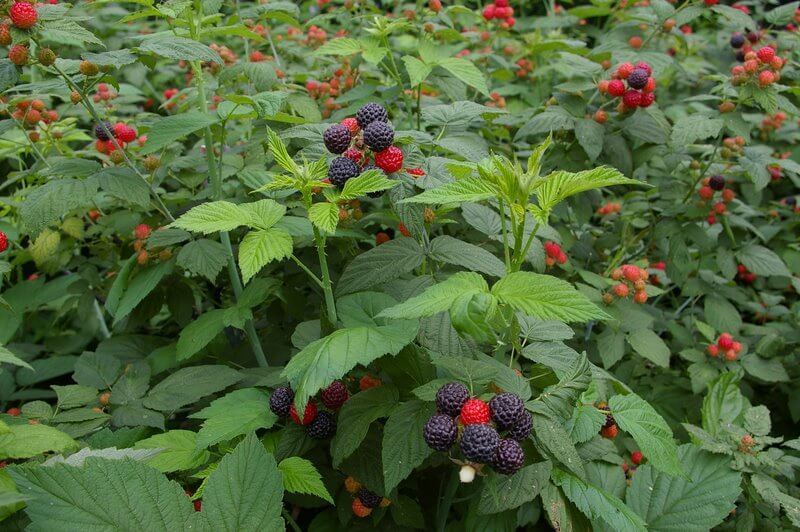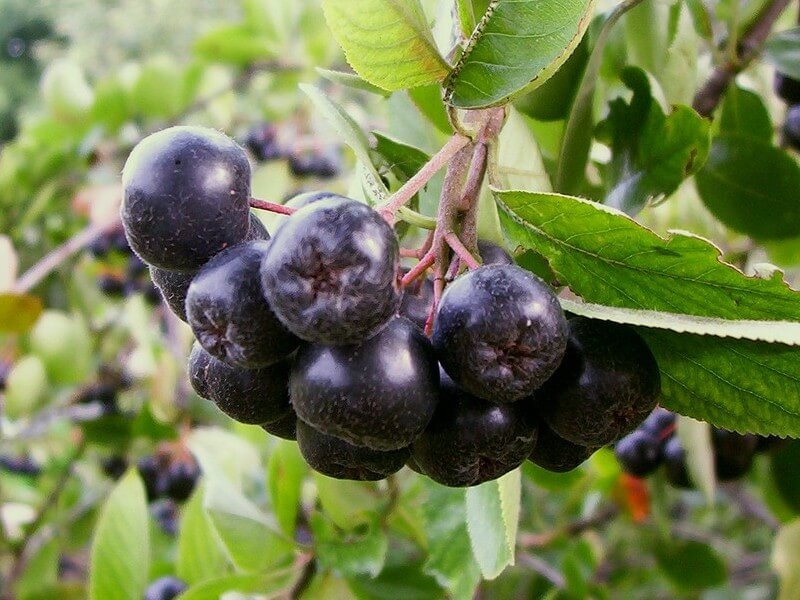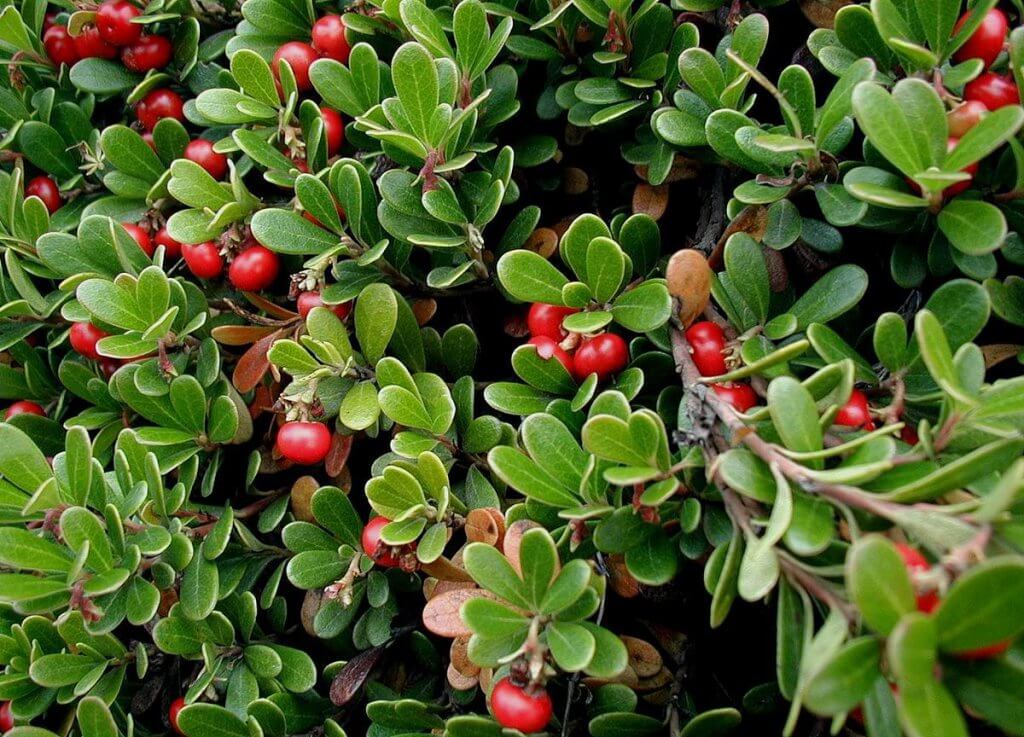Wild Blackberries and Raspberries, a Diverse Group of Delicious Edibles

Do you know what Rubus is? It is a diverse genus of flowering plants in the Rosaceae family. Most Rubus plants are easily recognizable from their rough and prickly wood stems, much like the common thorny stems of rose plants. These stems are usually tangled, forming a bush called brambles. The fruits from a Rubus […]
Black Chokeberry, a Native Super Food

Despite its funny name, black chokeberry (Aronia melanocarpa) is a super healthy food that has been cultivated and consumed for thousands of years. It’s native to eastern North America, but due to its various uses, chokeberry bushes were later introduced to Europe as well. They’re easily recognized in the wild from their glossy dark green […]
Bearberry, Loved by Bears and Humans Alike

Bearberry (Arctostaphylos uva-ursi) is a dwarf, evergreen shrub that can be found growing in North America, Europe, and northern Asia. This plant can be recognized in the wild from its small, shiny red berries. These bright fruits are a favorite among woodland creatures, especially bears. They are also edible to humans and since ancient times, […]
Elderberry, Tasty and Packed with Nutrients

Elderberry (Sambucus canadensis), also known as American black elderberry or common elderberry, is a shrub that can easily be found throughout North America. It’s known for its delicious, dark purple berries and lacy white flowers. Elderberries and elderflowers are famous for their culinary and medicinal uses. Edibility and culinary use Almost all parts of this […]
Greenbrier – Winter and Spring Wild Edible

The roundleaf greenbrier(Smilax rotundifolia) is often underestimated as a wild edible. Even most of the published literature I have seen doesn’t hightlight the full utility of this plant as a wild edible. In reality this plant is an extremely useful wild edible at the right times of year. The roundleaf Greenbrier is plentiful in the […]
